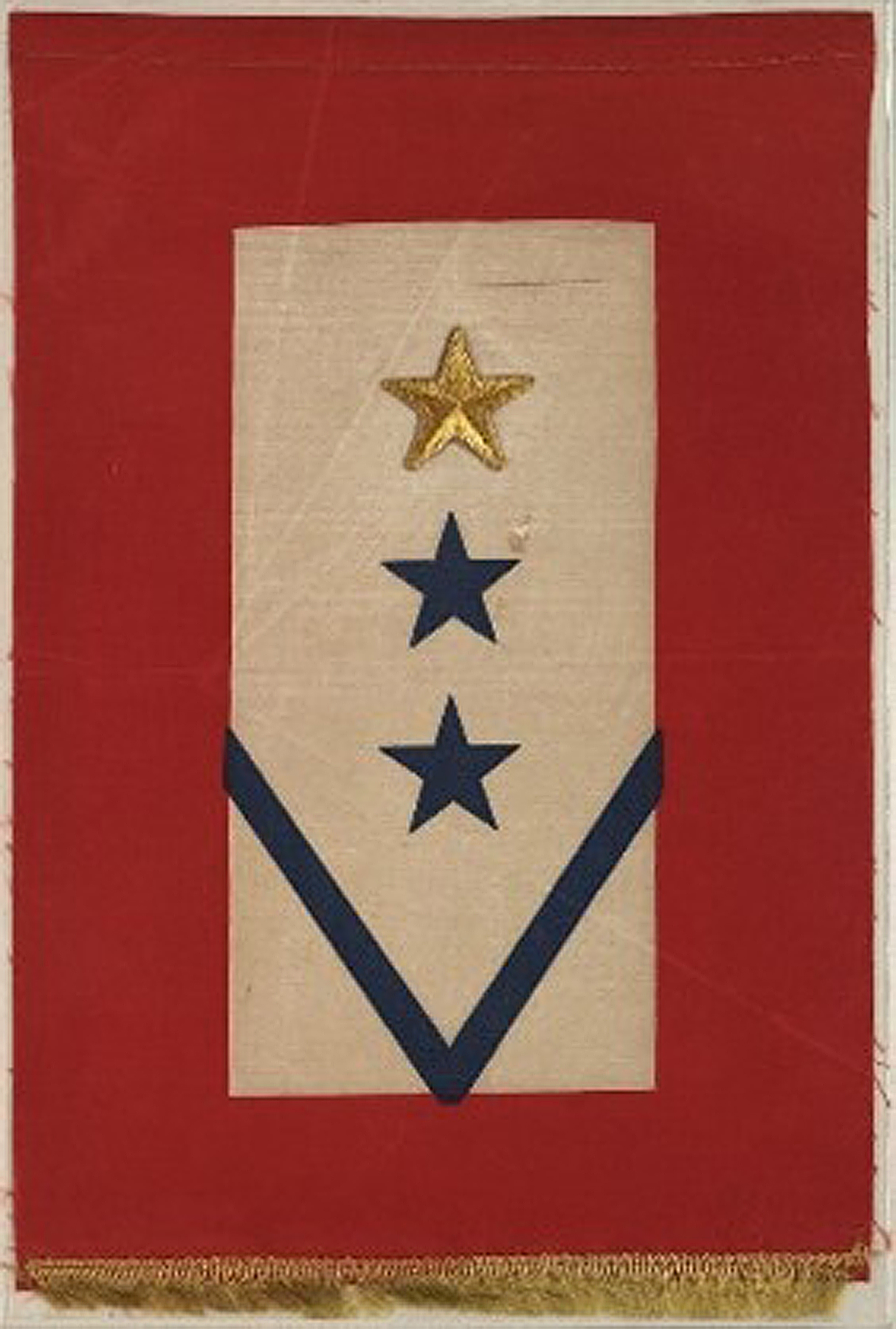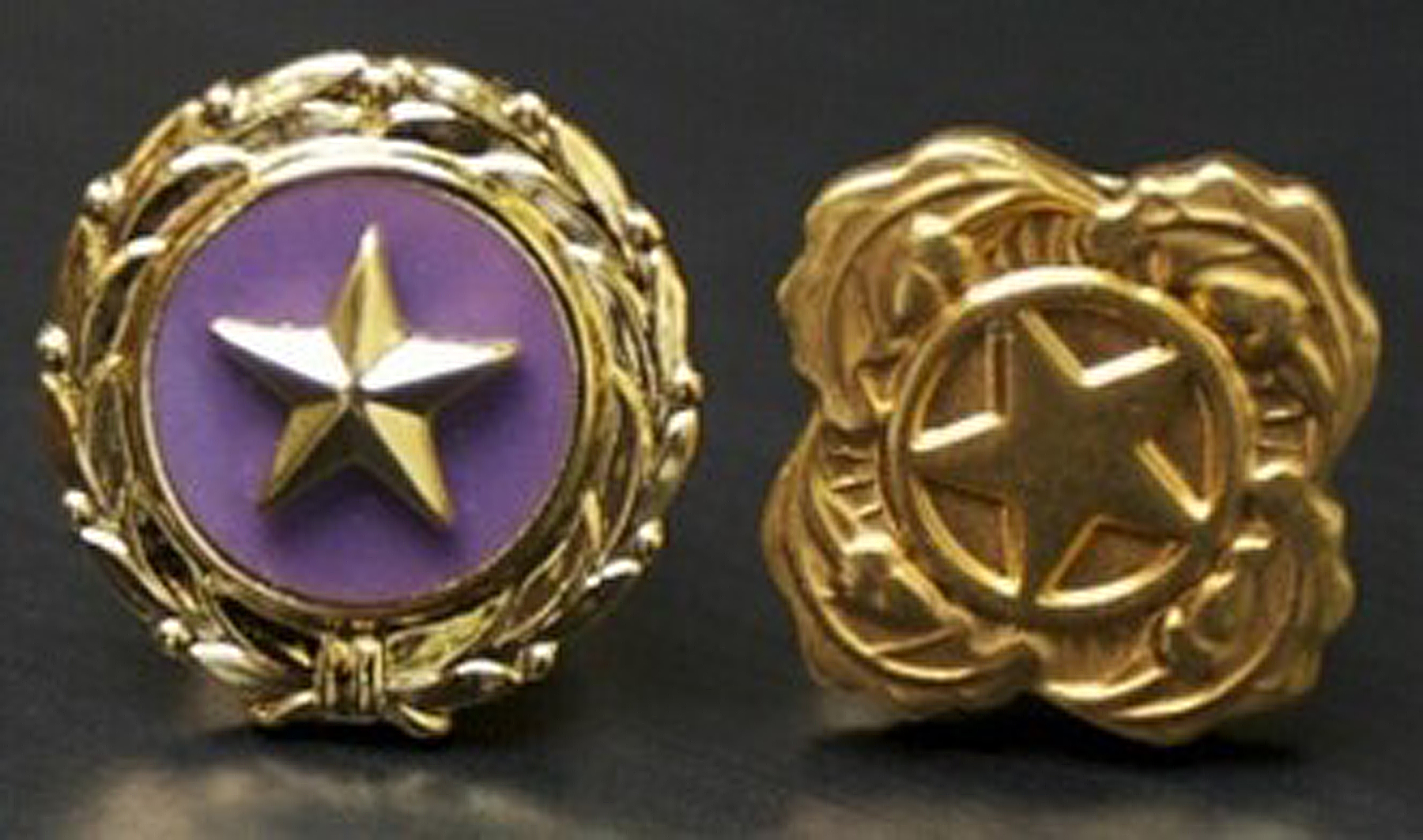September Honors Gold Star Families

By Donna Reuss
Alexandria, VA – Earlier this year, I wrote about Gold Star Spouse’s Day, officially recognized annually on April 5. In addition to spouses, however, the “gold star” designation also applies to the family members – parents, siblings, children, and extended families – of those who are killed in action or who die from injuries as a result of active duty military service.
In June 1936, President Franklin D. Roosevelt designated the last Sunday of September as National Gold Star Mother’s Day. President Barack Obama amended the title to Gold Star Mother’s and Family’s Day in 2011 to recognize all Gold Star family members. We honor these Gold Star Families on this last September Sunday each year.
The “gold star” tradition dates to World War I, beginning with the “Man-in-Service Flags,” or “blue star” banners, displayed in the windows of homes to signify a family member or members in active military service.

In 1918, the Women’s Committee of the Council of National Defenses suggested to then-President Woodrow Wilson that mothers of fallen service members wear a traditional black mourning armband embossed with a gold gilt star to recognize their sacrifice. President Wilson authorized the armbands, referring to the women as “Gold Star Mothers” in his letter to the Council.
However, the bands did not catch on. Instead, families replaced their service banner blue stars with gold stars to signify the price they had paid for the cause of freedom. Many of these banners were handmade by family members. A law passed in 1942 authorized the Secretary of War to approve a national design standard for the banners.
To further honor these families, in 1947, Public Law 80-306 established a Gold Star lapel button to recognize the “widows, parents, and next of kin of members of the armed forces who lost their lives in the armed services of the United States in World War II.” The round button features a gold star, representing sacrifice, on a purple background, signifying mourning, surrounded by a gold laurel wreath, a traditional Greek symbol for victory.
Interestingly, neither the Gold Star banner nor the lapel button stipulated that the service member had to have died in combat or during military operations.
Since 1947, several laws have revised eligibility for the Gold Star Lapel Button. Eligibility expanded to include World War I, then specified criteria for various post-World War II periods, requiring involvement in and defining the types of combat or military operations to qualify, including international terrorist attacks and as part of peacekeeping forces. Public Law 116-92, dated December 20, 2019, authorizes the Department of Defense (DoD) to define which family relationships are entitled to receive the Gold Star Lapel Button.
While not a DoD program, some military services honor families with The Next of Kin of Deceased Personnel Lapel Button. This button is given to the families of service members who lost their lives while serving on active duty or in a drill status as a National Guard or Reserves member. The button is gold in color, with a star within a circle of four oak branches. The star commemorates honorable service; the oak sprigs represent the Army, Marine Corps, Navy, and Air Force.

Although many people have forgotten or don’t even know the meaning of the Blue and Gold Star designations, thousands of Gold Star Family members are living with the loss of loved ones from the two World Wars, Korea, Vietnam, and other conflicts. Over 1.3 million people are involved in the military today. According to the Department of Defense, more than 7,000 service members have been killed in the wars in Afghanistan and Iraq alone since September 11, 2001. More than 16,000 troops have died from other causes in that time. Those who receive the dreaded notification of the loss of their loved one never forget that moment.
I listed this in my April article, but it bears repeating: a great resource for information about Gold Star benefits is “A Survivor’s Guide to Benefits: Taking Care of Our Families” at www.militaryonesource.mil. Or contact the applicable military service about benefits and support:
- Air Force Families Forever: (866) 299-0596
- Army’s Survivor Outreach Services: (833) 313-1960
- Coast Guard Gold Star Program: (202) 795-6637
- Marine Corps’ Long Term Assistance Program: (866) 210-3421
- Navy Gold Star Program: (888) 509-8759
Veteran Service Officers (VSOs) also can provide help or guidance. The American Legion Post 24 VSOs host quarterly veteran claims clinics at the Post home at 400 Cameron St in Old Town. The next clinic is Saturday, September 14, at 9 am, and will include a men’s health information session. Drop in or email them at [email protected].

If you are a veteran, a veteran’s family member, or know a veteran who needs help, go to Virginia Board Veterans Services at www.dvs.virginia.gov/dvs; dss.virginia.gov/community/211.cgi; contact American Legion Post 24 Veteran Service Officer at [email protected]; or check out the Resources List on the Post 24 website: valegionpost24.com. For crisis intervention and suicide prevention services, dial 988 and Press 1, or text 838255 for the Veterans Crisis Line.
ICYMI: We Honor Our Airborne Troops



